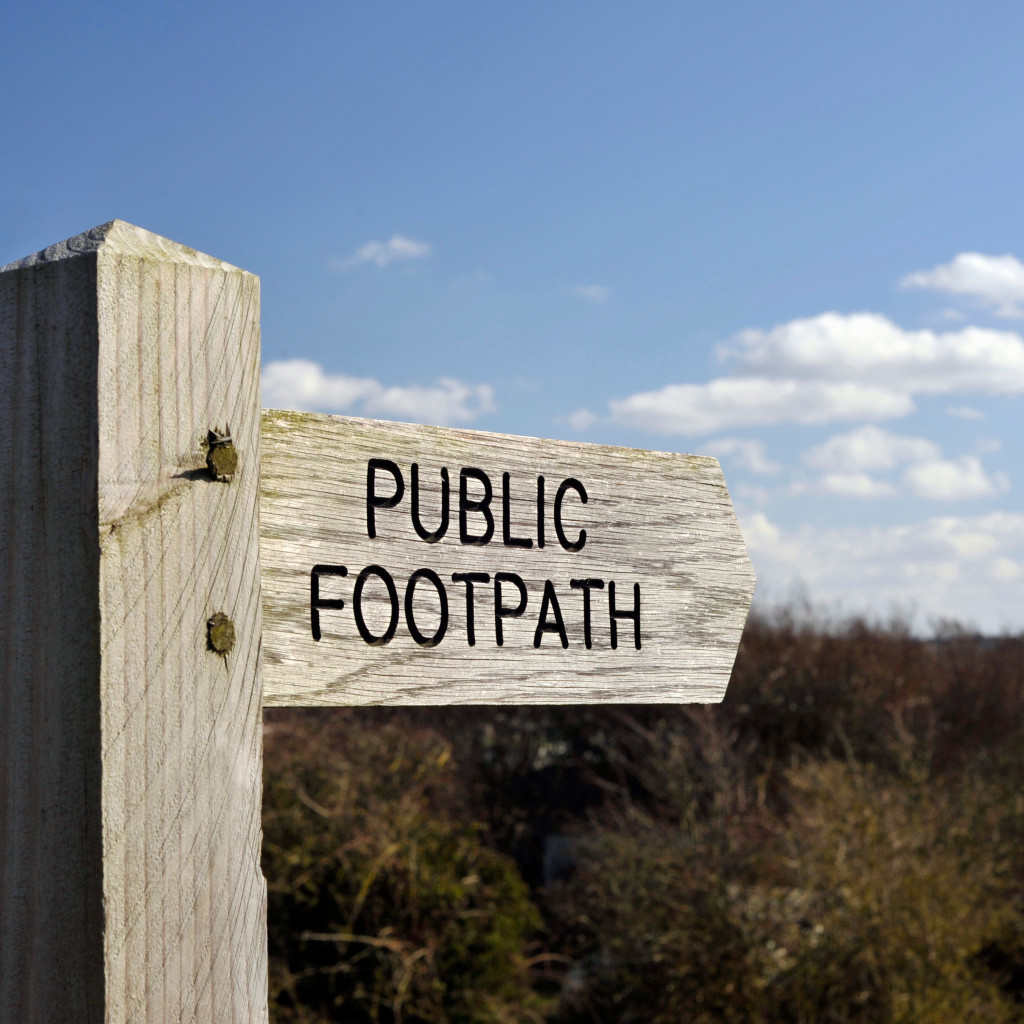On 21 May 2025, the Supreme Court handed down the long-awaited judgment in an appeal submitted by Dartmoor landowners, Mr & Mrs Darwall. The land owned by the Darwalls included land that is designated as Dartmoor Commons land.
The Darwalls were seeking a declaration that camping was not permitted on Commons land. The High Court initially agreed with the Darwalls, but the Court of Appeal reversed that decision. The Supreme Court has agreed with the Court of Appeal, dismissing the appeal by the Darwalls and concluding that wild camping is permitted.
The case has been given much publicity, for good reason. For many, many years people have enjoyed wild camping on Dartmoor and, those who support wider access to England’s countryside have heralded the decision as key to ensuring that existing rights are not being eroded.
What are the implications for land owners?
First and foremost, and contrary to some of the social media posts on the judgment, the case does not give blanket permission for any member of the public to pitch a tenant on any front garden they like the look of. If you are a private owner of land that the public has no rights of access over, it is very much business as usual. Anyone who appears on your land without your permission will be trespassing and appropriate action can be taken to remove them.
What if I own land that the public does have access rights over?
Likewise, the headline is that the judgment changes nothing unless the land you own is on Dartmoor and is designated as Dartmoor Commons land. Key to understanding this case is an appreciation that the land in question was an area of designated Dartmoor Commons. Such land is unique.
The vast majority of land to which the public has access and the ‘right to roam’ in England is governed by legislation that expressly outlaws camping on that land. But the Dartmoor Commons land is different. The Dartmoor Commons Act 1985, which governs the management of that land, did not expressly outlaw camping on the Dartmoor Commons land. Instead, the 1985 Act provided the public with a right of access to ‘open-air recreation’ which (contrary to the Darwalls’ arguments) was deemed to include camping by the Supreme Court.
Takeaway points
Whilst the broader applicability of the case is limited, the case does serve as a useful reminder to any landowner (or to any prospective landowner) of the need to understand the nature of any rights the public may have over land.
Whilst only a relatively small part of England is open as access land in the broadest sense, there is an extensive public right of way network and a growing groundswell of pressure to open up more parts of the countryside for wider access. There is a chance that if you own land in more rural areas, there could be pre-existing rights for the public to have some form of access to that land.
Understanding the extent of those rights and what your obligations are regarding those rights is crucial, but perhaps the most important takeaway is to understand that public rights over land are fiercely defended and in most cases, they will be robustly protected by the courts. Any landowner wanting to ‘pull up the drawbridge’ may find themselves unable to do so.






